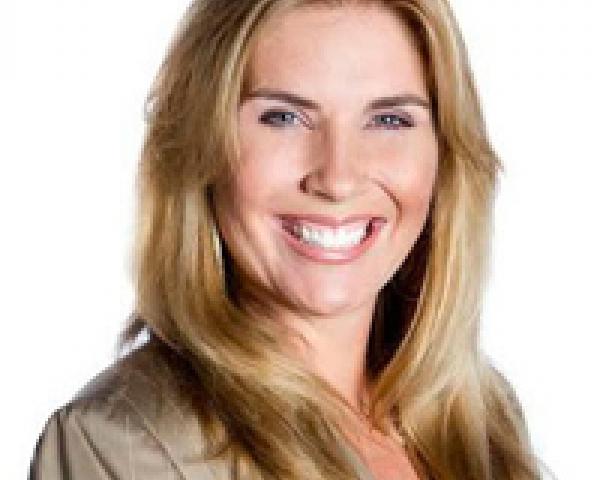Traditional group and voluntary benefit markets are growing, especially in those areas such as critical illness and vision and any benefits that enhance the quality of life. Lifestyle products, such as pet insurance, health club memberships, legal coverage and identity protection are also on the rise. Carriers, however, may not have fully capitalized on the growth due to the need for innovations that necessitate digital technology advancements. Insurers need to rethink their strategies to capture new opportunities for growth.
With low unemployment rates and demand for knowledgeable employees across all industries, potential employees have more choices. With those choices, group and voluntary benefits, while still widely used in many companies, are an intensifying pressure point for insurers to provide value and compelling tools for marketing, enrollment and service. And, given that many small to medium-sized businesses are some of the fastest-growing but still underserved due to the lack of cost-effectively reaching them, all this adds up to an increasing gap between what the market wants and needs and what group and voluntary benefits insurers are able to deliver.
Everyone is dissatisfied on some level.
Employees choices are expanding in a low employment rate market. Add to this the shift from people staying with a company for their entire career, to changing jobs regularly to gain different experiences. Further complicating this is the increasing shift to the gig economy that demands the ability to port insurance to an individual level.
Employers of every size are faced with providing more choices to attract talent and remain competitive, but they need more diversity of offerings and they need to be sold and serviced with more digital methods than they are now.
See also: Group Benefits: the Winds of Change
Insurers, representing different segments, from traditional Group to Worksite, P&C, healthcare and new market entrants, see the trends and opportunities. They see what employees are demanding and what employers are wanting. They need to reach a broader market, especially small-to-medium businesses that can supply growth. Their systems, however, are legacy-based, with little digital engagement, minimal ability to innovate with new products, ability to integrate new value-added services or easily allow portability of benefits to an individual policy level, allowing insurers to retain and grow their client base.
Everyone agrees there is opportunity.
A growing number of insurers, MGAs, brokers and new entrants see the group and voluntary market as ripe for innovations that will drive growth.
Healthcare insurers, for example, have been saddled with exchange issues and mandatory coverages. Service expansion within employers could mean more “wallet-share.”
Traditional voluntary insurers see opportunity in digital and automated service for bridging the gap to reach small-to-medium businesses at scale. Where agent service is less feasible, digital service meets SMB criteria for ease of service.
Traditional worksite insurers may be in a stronger position to deal with individual policies, but they are now eyeing new marketing methods, channels and affinity partnerships to gain access to SMBs and niche groups. They see direct sales and robust portals as additional pathways to growth.
Property and Casualty insurers are also in the mix. Many of them have relationships with SMBs, and they are looking for ways to expand service within existing clients.
For any of these insurers, technology solutions can help open up opportunities, but they must first understand what the market wants and pair those needs with the right solutions.
What do SMBs really want?
Though many of these trends and drivers apply across all size businesses, SMB trends are like gold in the mine — there are opportunities that remain untapped. In many ways, SMBs look and act like the consumer market. For example, in Majesco’s
SMB research, we found that SMBs were open to purchasing business-related insurance through an online retailer like Amazon or an exchange similar to Health Care Exchanges.
[i] That’s a signal that group distribution to SMBs could take a new approach.
In what other ways are SMBs similar to consumer markets?
- They are thirsting for products that will lower their risk
- They are not unwilling to share relevant data if it gives them discounts or added protection.
- They are ready for easy-to-understand, and easy-to-purchase solutions.
- They are willing to break from tradition.
- They long for personalized service.
What do employers of all types really want?
Human Resource departments are overburdened with complex benefit administration. One thing that would help, would be for insurers to simplify both HR administration and employee administration of their own plans.
Employers spend more time each year, attempting to educate employees on their benefit options. Anything that an insurer can do to either simplify their packages or improve their communications is valuable.
Employers also appreciate it when one insurer can put together packages of multiple products, so that they don’t have to operate a la carte for a dozen different insurance providers. And, they appreciate non-traditional benefits that will make their benefits package look valuable to both current employees and new hire prospects.
This all ties into what end consumers really want: clear choices, clear communication, broad selection, reduced complexity and the value gleaned from group buying power.
Knowing all of this, what do Group and Voluntary benefit providers really need?
What has been holding many insurers back is an emotional tie to an economic reality. They may see opportunity in small to mid-size companies, but they know their legacy systems and channels do not easily engage or support these companies. Insurers are wondering, “How can I make this business work digitally, so that we can grow this market effectively? If we can’t build a business case, we can’t make an investment.”
See also: Integrating Group Life and Voluntary Benefits
First, of course, group insurers need flexibility so that they can think and operate innovatively with new product, marketing and distribution possibilities. The business case has to account for harvesting business in new ways. Insurers need systems that can handle any size business … but especially small to medium businesses as efficiently as they can handle groups. The answers lie in technology improvements such as:
- Modern risk management solutions with updated data and analytics that will feed relevant information to underwriting.
- Top-tier rating capabilities with templates, rules and calculations for group products.
- Better CMS capabilities and better digital capabilities for communication and personalization, with portals that will assist employers, brokers and employees with enrollment and self-service.
- Technologies that support agile moves, with easier product modeling and testing and pre-built frameworks.
- Cloud environments that won’t require massive capital investment.
Group insurers need end user engagement for better underwriting and to shift focus to preventive care. Wearables and other technology advancements have certainly helped, but there is room for more.
So, how will all of these needs and all of the changes in the group market drive technology investments? Is it possible for traditional group and worksite providers to keep an edge on incumbent players in the group market?
With the proper planning and implementation, a cloud-based group system can be a unification point for many of an insurer’s systems and processes. In our next blog, we will take an in depth look at technologies that will bring group capabilities to life. It is an exciting time and I hope that you will see group and voluntary market drivers as signposts for change.
This article was written by Prateek Kumar.







